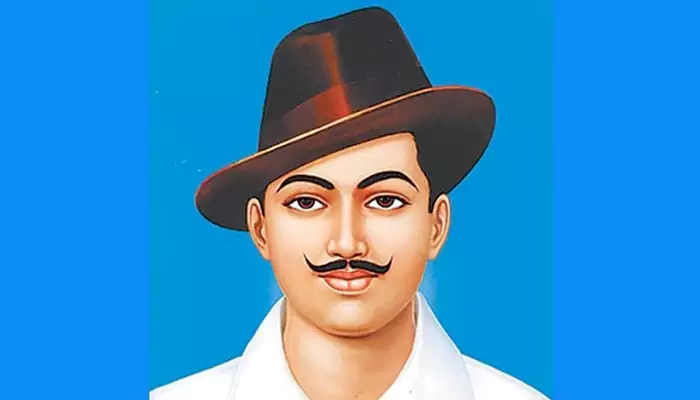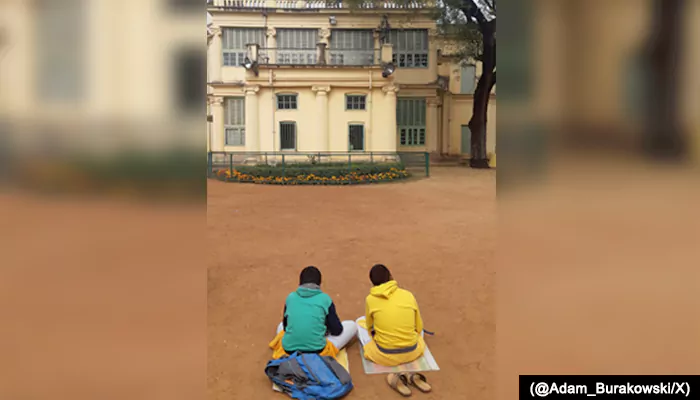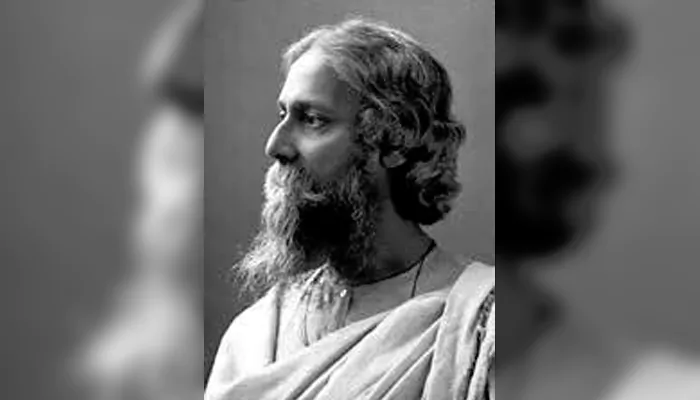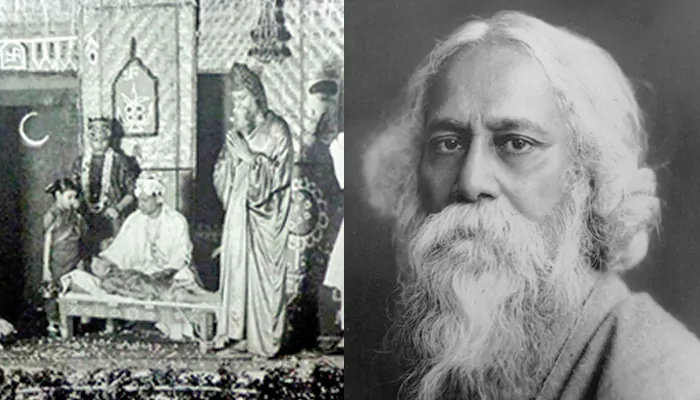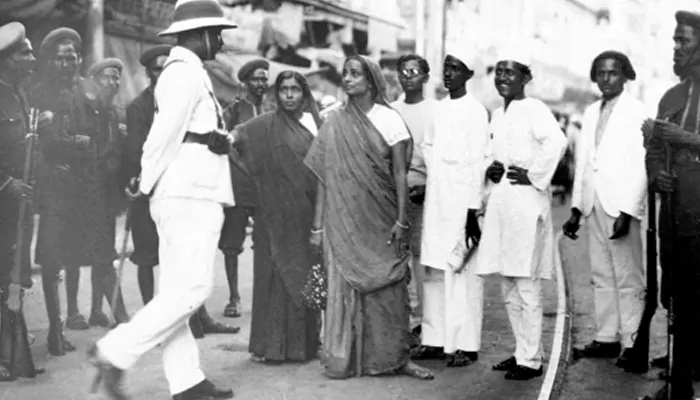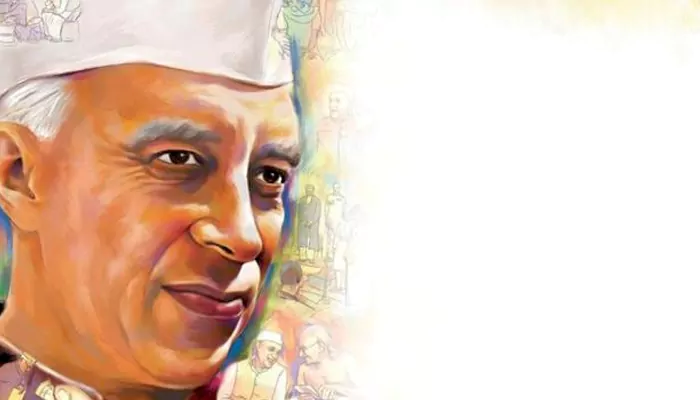Beyond the Wheels: How Rath Yatra Quietly Shapes the Economy of Small-Town India
- Devyani
- 6 months ago
- 5 minutes read

Think the Rath Yatra is just about faith and chariots? Think again. This ancient festival spins a vibrant, often unseen, economic web that keeps entire towns humming.
Hey there! So, we all know the Rath Yatra, right? Those massive, majestic chariots rolling through the streets of Puri, the sea of devotees chanting ‘Jai Jagannath’ – it’s pure magic. It’s faith, devotion, and a spectacle for the ages. But here’s the thing you might not have considered: behind the spiritual grandeur, this mega-festival is a massive, quiet economic engine for small-town India, especially in and around Puri. Seriously, it’s like the whole town wakes up and gets busy in ways you wouldn’t believe.
Building the Behemoths: Where Craft Meets Cash
Let's start with the obvious stars: the chariots themselves. Building these towering wooden wonders isn’t a last-minute job. Nope. It kicks off weeks, even months, before the main event. And guess who’s in high demand? Skilled carpenters, woodworkers, and traditional artisans. Suddenly, their expertise is gold.

They’re sourcing specific types of wood (no easy feat!), carving intricate designs, and assembling these giants. This isn’t just a few guys in a shed; it’s a whole supply chain waking up. Timber merchants see a surge. Paint suppliers? Swamped. Rope makers crafting those massive pulling ropes? Absolutely buzzing. For these local craftsmen and suppliers, Rath Yatra season means a significant, reliable chunk of their annual income. It’s tradition literally putting food on the table.
The Hospitality Hustle: Rooms, Rotis, and Rides
Okay, picture this: Puri, a relatively quiet coastal town, suddenly welcomes over a million pilgrims. Yeah, you read that right. Where do they all stay? Eat? Get around? This is where the real economic ripple effect kicks in.
Lodging Boom
Every spare room becomes prime real estate. Small guesthouses, budget lodges, even homestays in nearby villages fill up fast. Owners often earn more during this period than in several other months combined. It’s their golden time.
Feeding the Faithful
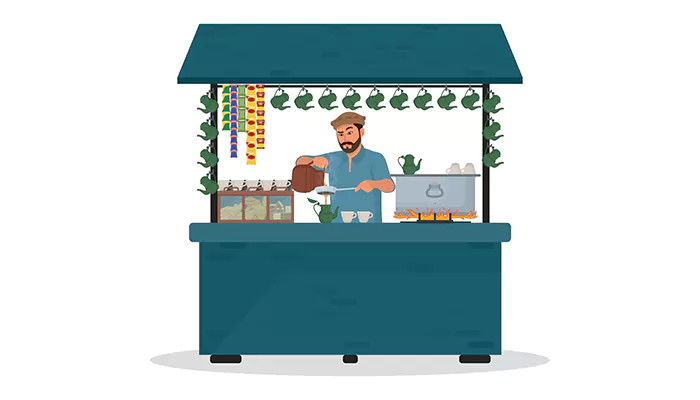
Street food vendors? They’re the unsung heroes. Think stalls overflowing with piping hot khichdi, puri-sabji, sweets, and water. Small restaurants and dhabas work round the clock. Local farmers supplying fresh veggies, dairy folks providing milk and curd – everyone in the food chain benefits. The demand is insane!
Getting Around
Auto-rickshaw drivers, cycle rickshaw pullers, and even tempo owners see their meters running (or fares negotiated!) constantly. Transporting pilgrims from stations, between lodgings, and around the festival sites becomes a major source of income. It’s non-stop.
The Vendor Galaxy: From Trinkets to Treasures
Walk the streets during the lead-up and the festival itself. It’s not just pilgrims; it’s a massive, open-air marketplace. Thousands of small vendors set up shop, creating a temporary, vibrant economy.
Devotional Delights
Sellers of miniature chariots, Lord Jagannath masks, ritual items like tulsi beads, incense, and specific offering materials do a roaring trade. These are often sourced from local artisans or small-scale manufacturers nearby.
Essentials & Souvenirs

Need a hat, sunglasses, a plastic sheet to sit on, or bottled water? Vendors have you covered. T-shirt printers with festival motifs, toy sellers, and souvenir stalls add colour and commerce. Many are seasonal vendors who travel specifically for these religious events.
The Service Squad
Photographers offering instant snaps with the chariots (a classic!), temporary phone charging stations, even folks offering simple repairs – they all find their niche and earn their keep.
The Afterglow: More Than Just a Day
And guess what? The economic buzz doesn’t vanish when the chariots roll back home. Puri and nearby towns experience a sustained tourism boost. Pilgrims often extend their trips to visit other local temples or relax on the beach. This means hotels and restaurants enjoy a longer busy season.
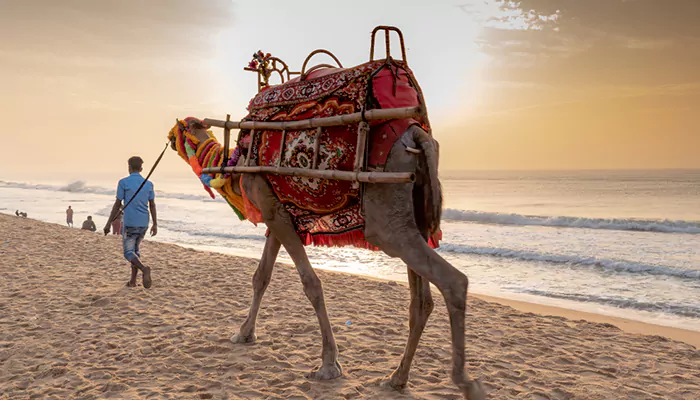
(Puri Tourism)
Plus, the sheer scale and success of the Yatra put these towns on the map. It fuels year-round, smaller-scale religious tourism. People come to see the chariot construction sites, the temple complex, soaking in the atmosphere. This steady trickle supports businesses even during the off-season.
The Bigger Picture: A Community Lifeline
So, yeah. While the Rath Yatra is undeniably a profound spiritual journey, its heartbeat echoes through the cash registers, workshops, and market stalls of small-town India. It’s a lifeline for countless families – artisans, vendors, hoteliers, drivers, farmers, and laborers. Their livelihoods are intrinsically woven into the fabric of this ancient festival.
It provides seasonal employment, injects crucial cash into the local economy, and preserves traditional crafts that might otherwise fade. The wheels of the chariots don’t just carry deities; they carry the economic hopes and daily sustenance of an entire community. It’s faith and finance, beautifully intertwined, keeping the rhythm of small-town life alive and kicking. Pretty amazing, right?
Next time you see those chariots roll, remember the quiet economic miracle rolling right alongside them.

